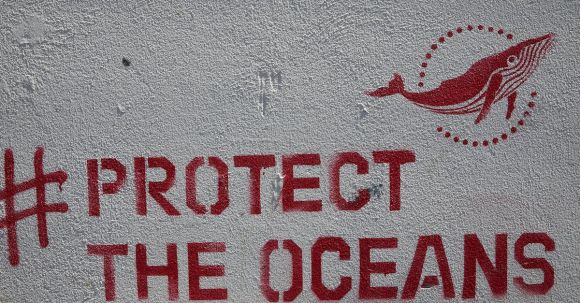Art has always been a powerful medium for expressing ideas and emotions. Throughout history, artists have used their creative abilities to shed light on societal issues and inspire positive change. From paintings and sculptures to music and theater, art has the unique ability to challenge the status quo and provoke meaningful conversations. In this article, we will explore the role of art in promoting social change and how it can be a catalyst for transforming societies.
Art as a Mirror of Society
One of the fundamental roles of art is to reflect the world we live in. Artists have the ability to capture the essence of social issues and present them in a way that resonates with the viewers. Whether it’s a painting depicting the struggles of marginalized communities or a play addressing political corruption, art serves as a mirror that reflects the realities of our society. By portraying these issues, artists bring them to the forefront of public consciousness, prompting discussions and raising awareness.
Art as a Catalyst for Empathy
Art has the power to evoke empathy within individuals. By presenting human experiences in a relatable and emotional manner, art can bridge the gap between different communities and foster understanding. When we engage with a piece of artwork that depicts the struggles of others, we are able to empathize with their experiences and gain a deeper appreciation for their challenges. This empathy can lead to increased compassion and a desire to take action, ultimately promoting social change.
Art as a Tool for Advocacy
Art can be a powerful tool for advocacy, giving voice to those who may not have the means to express themselves. Artists have the ability to use their work to advocate for justice, equality, and human rights. Through their creations, they can shed light on injustices, challenge oppressive systems, and give a platform to marginalized communities. Art has the potential to amplify the voices of those who are often silenced, and in doing so, it can bring about tangible change.
Art as a Means of Protesting
Throughout history, art has played a significant role in various social movements and protests. From the civil rights movement to the fight for gender equality, artists have used their creativity to challenge the status quo and demand change. Artistic expressions such as graffiti, street performances, and political cartoons have served as powerful tools for mobilizing communities and conveying messages of resistance. By defying societal norms and pushing boundaries, art can disrupt the established order and inspire collective action.
Art as a Source of Inspiration
Art has the ability to inspire individuals to think differently and envision a better future. By presenting alternative perspectives and possibilities, art can spark the imagination and ignite a sense of hope. When we encounter art that challenges the current state of affairs and presents a vision for a more just and equitable society, it can motivate us to work towards making that vision a reality. Art has the power to inspire individuals to become agents of change, driving social progress.
In conclusion, art plays a vital role in promoting social change. Through its ability to reflect society, evoke empathy, advocate for justice, protest against injustice, and inspire individuals, art has the potential to transform societies. Artists have a unique ability to capture the essence of social issues and present them in a way that resonates with viewers. By harnessing this power, art can contribute to creating a more equitable and compassionate world. It is essential that we recognize and appreciate the role of art in promoting social change and support artists in their endeavors to challenge the status quo and drive meaningful progress.
